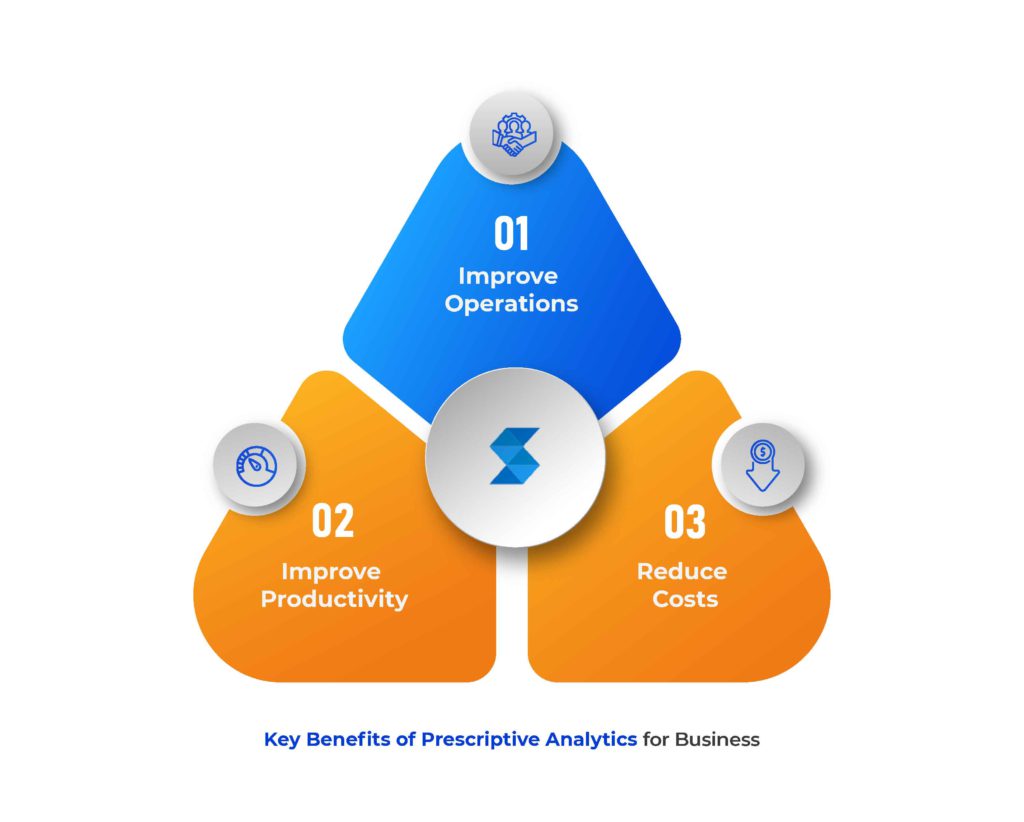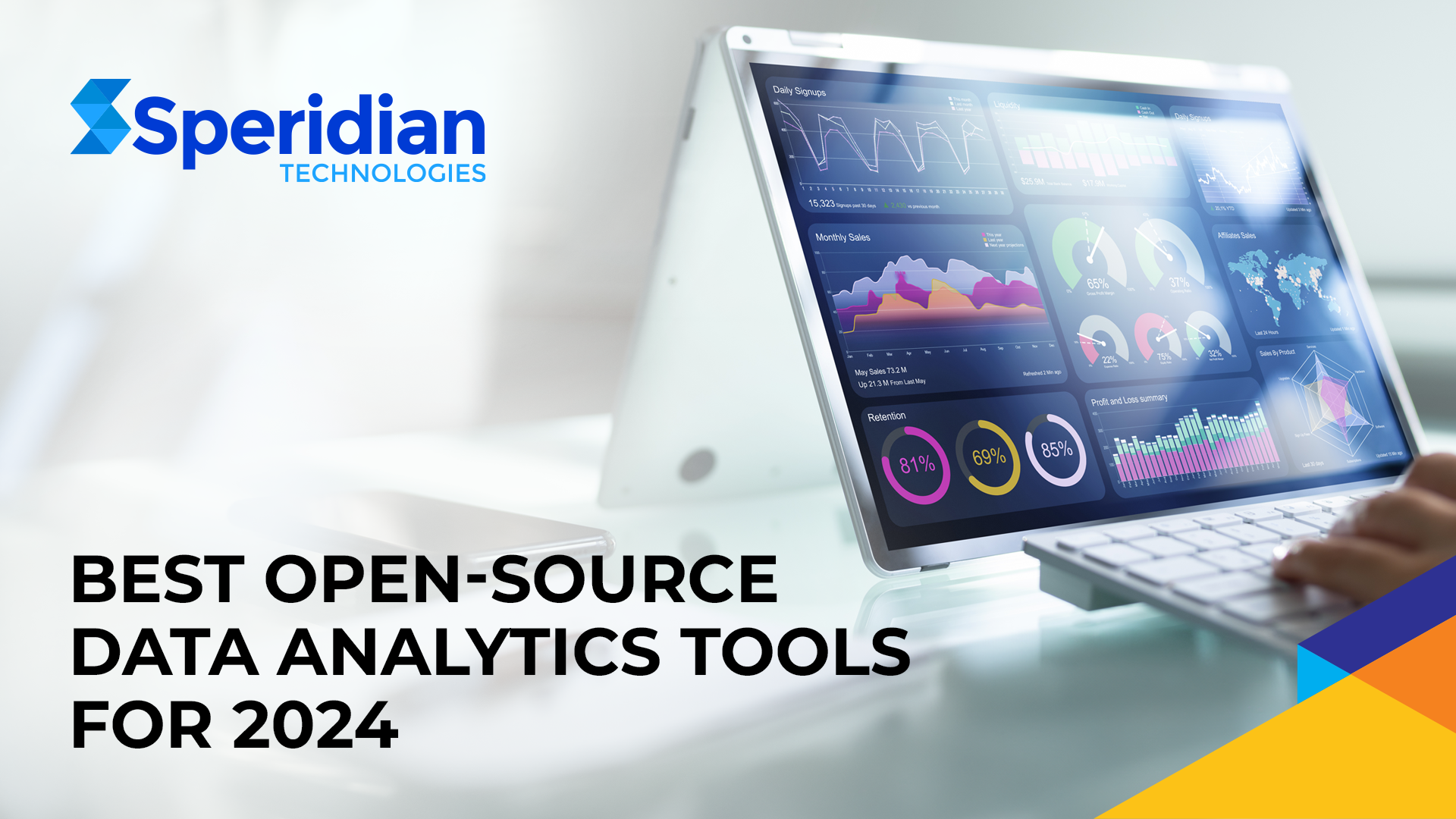The importance of data analytics in any sector is compounded, providing useful insights into the field. Today, the vast amount of data available to companies has made it easier than ever to leverage information collected to drive real business value. Data analytics helps organizations and businesses of any size or industry gain insight into the enormous quantities of knowledge they need for growth and operational efficiency. However, due to the sheer amount of data now available, it can be tricky to identify the best way to analyze this data. One such analytics process that is gaining traction in the business world is prescriptive analytics. Knowing more about prescriptive analytics examples and applying prescriptive analytics is one option that can assist your business in identifying data-driven decisions and help you avoid the limitations of standard analytics practices.
So, what exactly is prescriptive analytics and how will it benefit your business? Read on to know more about prescriptive analytics: Explained with examples.
Table of Contents
What is Prescriptive Analytics?
It focuses on finding the best course of action given the available data giving actionable insights rather than data monitoring. It is related to both descriptive analytics and predictive analytics as descriptive analytics offers insights into what has happened, and predictive analytics focuses on forecasting possible outcomes, prescriptive analytics finds the best solution given a variety of choices. In short, prescriptive analytics makes tweaks to certain variables to provide the best possible outcome instead of just predicting what will happen to your business. Forbes predicts that the future of data analytics is prescriptive analytics. Here are some examples of prescriptive analytics for your business. Here are some examples of prescriptive analytics and how it could benefit your business.
Key Benefits of Prescriptive analytics for Business:

Improve Operations
Prescriptive analytics is the best way to improve business operations because of its ability to go beyond forecasting what will happen in an organization. Whether it be a new marketing strategy or a change in workflow, organizations will be able to choose the best course of prescriptive action to achieve their goals. With this, companies can optimize product planning, reduce inefficiencies, drive smarter operational decision-making, and more. This way companies can optimize their actions in stable economic conditions or in times of uncertainty.
One of the best examples to understand prescriptive analytics is forecast demand to make a more efficient supply chain. With the help of prescriptive analytics, business users can see how the market would react to such a shock and put plans in place to mitigate risks and make strategic decisions.
Improve Productivity
With the ability to achieve better, faster, and cost-efficient decision-making, prescriptive analytics benefits the entire business and this means only one thing- Improved productivity. Prescriptive analytics empowers business users to run scenarios that help them determine what to do next. This process also effectively reduces human error or bias. So, every department in the company improves their productivity.
For instance, Prescriptive analytics is applied across the industry both inpatient care and healthcare administration. It can be used to reduce the element of surprise when it comes to patient care and scheduling. Healthcare workers can find the best possible times to schedule treatments and check-up appointments while ensuring utmost patient safety and health, thus improving productivity. This is another example of Prescriptive analytics.
Reduce Costs
The almost instant turnaround of prescriptive data analytics and outcome prediction lets your team spend less time finding issues and more time solving the problems. Thus, businesses that invest in these solutions are able to reduce costs and reap benefits while optimizing their decision-making.
For example, this is how prescriptive analytics can help you reduce cost: Prescriptive analytics can help you reduce costs in many ways at different levels of the organization. In the transportation and shipping industry, prescriptive analytics can be employed to reduce costs by optimizing distribution networks. It can also eliminate nearly all warehouse packaging errors.
As Artificial Intelligence and Machine Learning, and other data-related technologies continue to develop, the way we use analytics also continues to grow and change. So, being in a competitive business world today, prescriptive analytics could help you manage anything from products to people, bringing a huge boost to your profit, productivity, and growth. Thus these are some of the examples of prescriptive analytics and how it could benefit your business.
As an innovator, Speridian develops prescriptive analytics solutions to help our people make better, faster, more accurate, and more consistent decisions. We leverage the power of advanced Machine Learning and decision optimization technologies to help our clients predict and optimize business outcomes, thus solving their toughest decision-making problems.
Photo by Serpstat from Pexels




